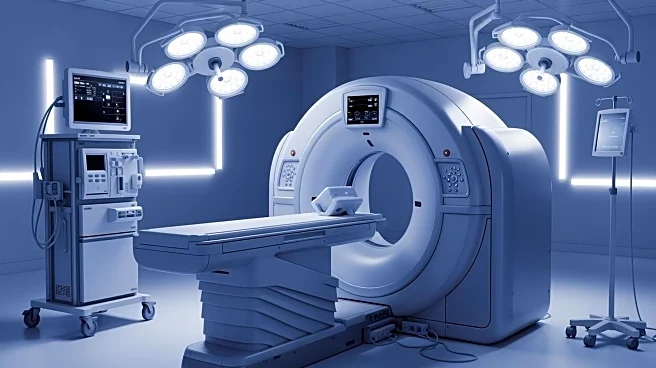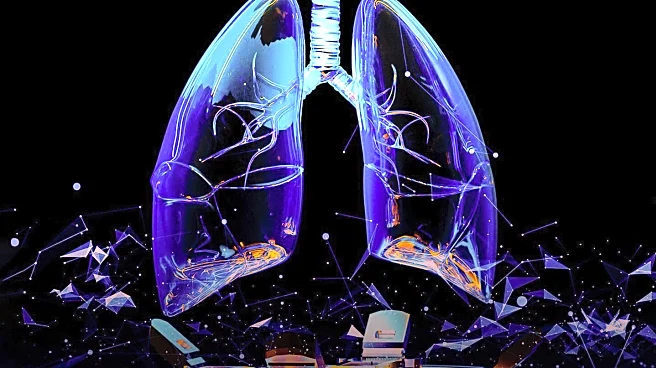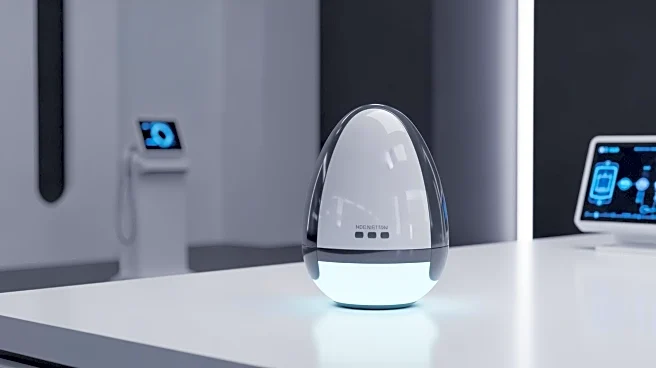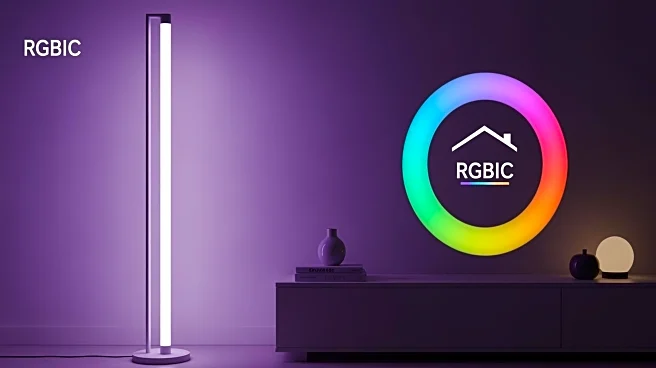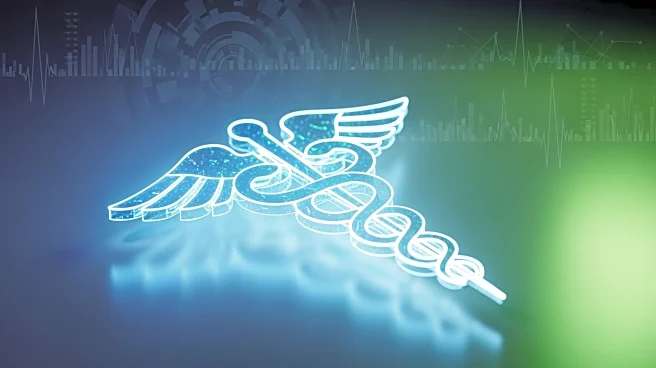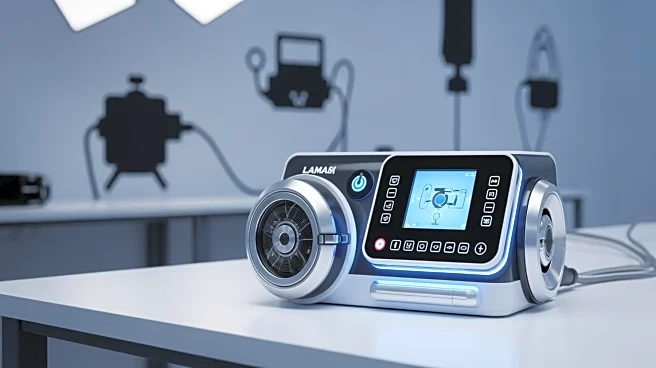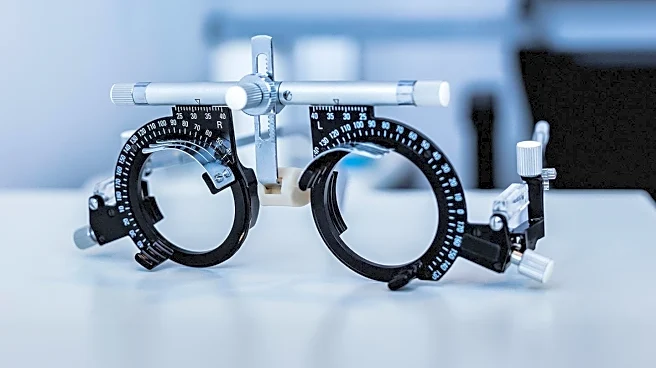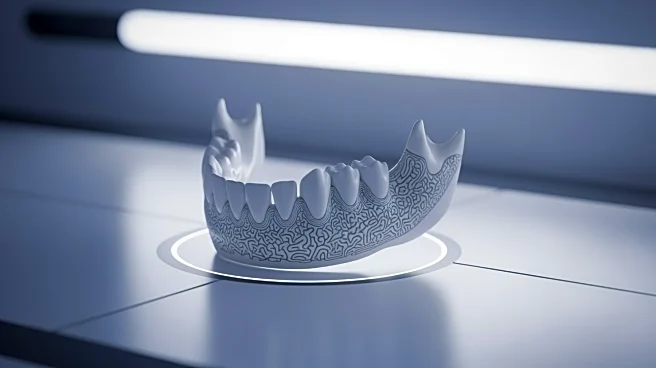What's Happening?
At the Transcatheter Cardiovascular Therapeutics (TCT 2025) meeting, Philips introduced an industry-first innovation that integrates pre-operative CT data directly into the cath lab workflow. This capability,
available through Philips' Advanced Visualization Workspace and Azurion image-guided therapy system, marks a significant step towards making CT-guided percutaneous coronary intervention (PCI) standard practice. The Follow C-arm capability automatically synchronizes the 3D reconstruction of coronary arteries with the movement of the Azurion C-arm, providing interventionalists with a dynamic 3D anatomical view without manual interaction. This integration allows clinicians to combine detailed CT imaging insights with live X-ray guidance, potentially reducing contrast medium use and radiation dose during interventions.
Why It's Important?
The integration of CT data into cath lab workflows is a major advancement in interventional cardiology, addressing the growing demand among physicians to incorporate detailed anatomical insights from CT scans into interventional procedures. This innovation could lead to improved patient outcomes by enhancing the precision and efficiency of coronary interventions. As coronary computed tomography angiography (CCTA) becomes increasingly recognized in global clinical guidelines, this development supports a shift towards more informed and effective treatment strategies for coronary artery disease.
What's Next?
Philips' new capability is expected to influence the future of coronary interventions, with CT-guided PCI potentially becoming a standard practice. As more patients arrive at cath labs with prior CT scans, the demand for integrating this information into interventional workflows is likely to grow. Philips' innovation may prompt other healthcare technology companies to explore similar integrations, further advancing the field of interventional cardiology. The success of this integration could lead to broader adoption and refinement of CT-guided procedures, ultimately improving patient care and outcomes.
Beyond the Headlines
The introduction of CT integration in cath labs may have broader implications for healthcare technology and patient care. By enhancing workflow efficiency and anatomical insights, this innovation could lead to a reduction in procedural risks and complications. Additionally, the seamless integration of CT data may encourage further advancements in image-guided therapy systems, fostering innovation in minimally invasive procedures. As healthcare providers seek to improve patient outcomes and operational efficiency, Philips' development could serve as a catalyst for future technological advancements in the industry.
